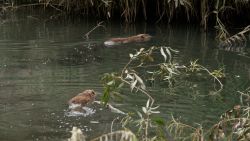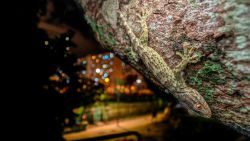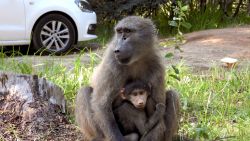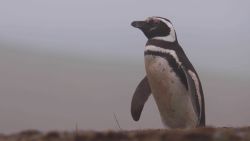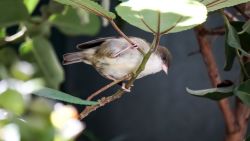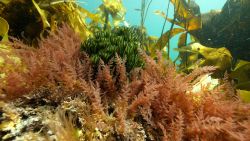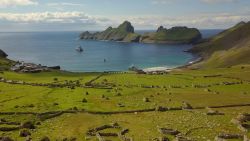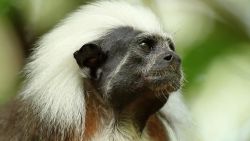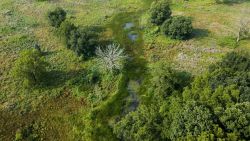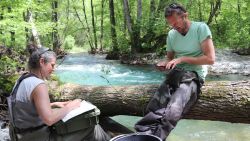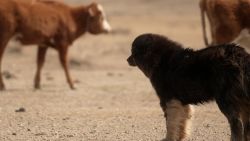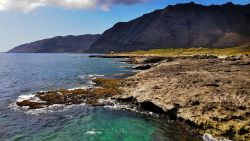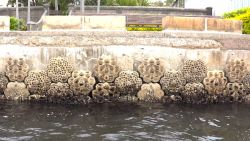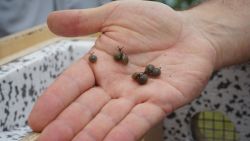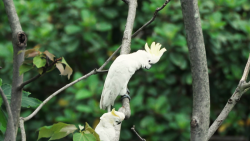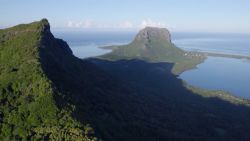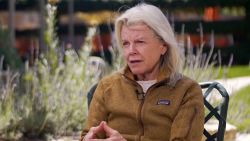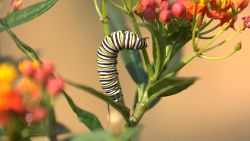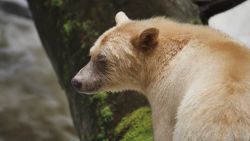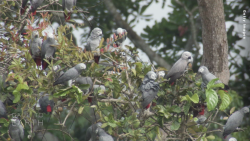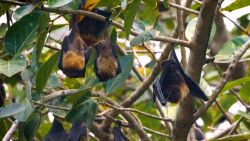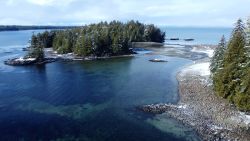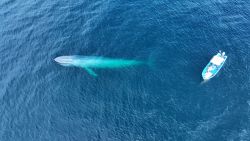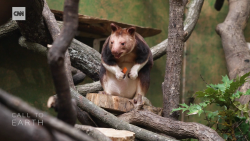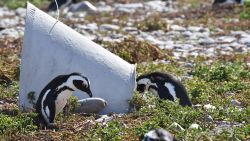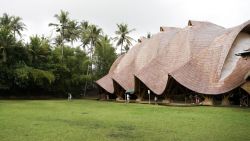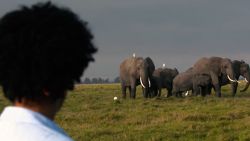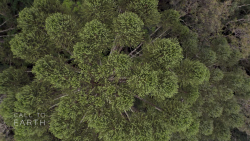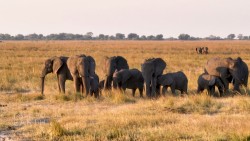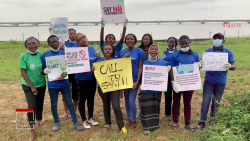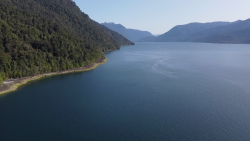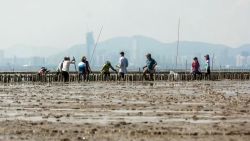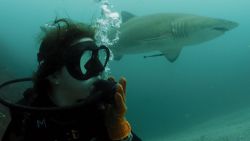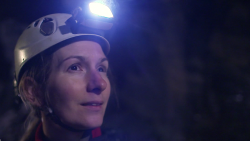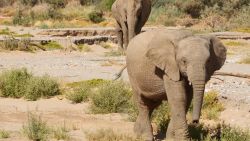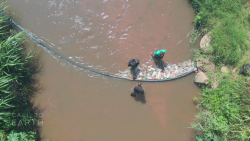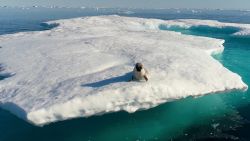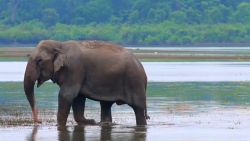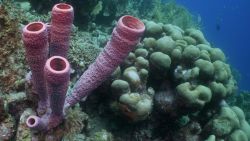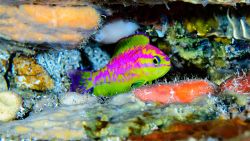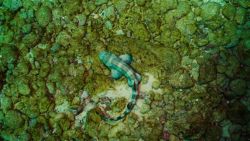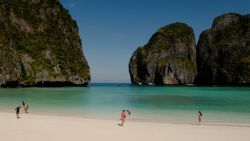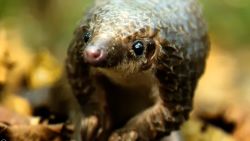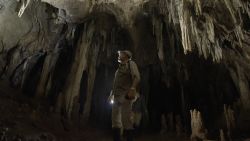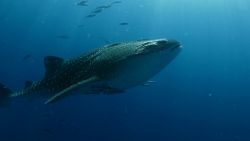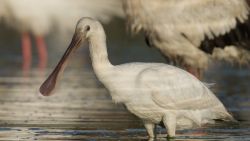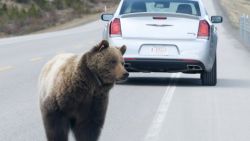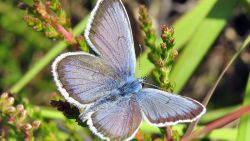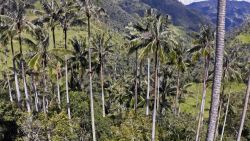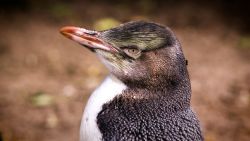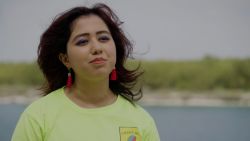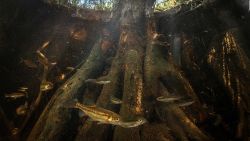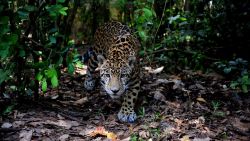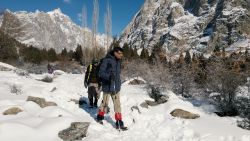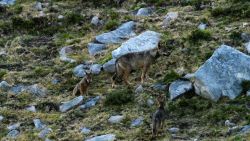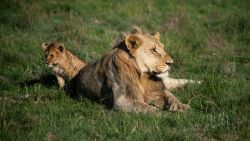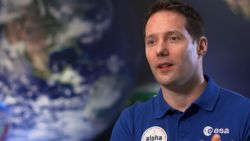From farm to fork and field to plate, Rodrigo Pacheco wants to make food more sustainable.
For nine years, Pacheco has been growing and serving sustainable food at Bocavaldivia, his restaurant and creative permaculture project in Puerto Cayo, on the coast of Ecuador.
Here, he has been planting native food species amongst the indigenous plants to create what he calls an “edible forest.” The result is a lush and biodiverse environment where there was once barren land. He now hopes to cultivate the biggest edible forest on the planet.
For Pacheco, food sustainability means both curtailing damaging agricultural practices and reversing the impact already felt. Over the last year, he has been a UN Food and Agricultural Organization (FAO) Goodwill Ambassador for the International Year of Plant Health.
Through Call to Earth, CNN is reporting on the environmental challenges facing our planet, and understanding the solutions. Pacheco will be guest editor for Call to Earth as the series explores themes around food production and agriculture, lending his expertise and commissioning features on the subject.
CNN spoke to Pacheco about his love of plants, and the strong bonds between the culinary, the cultural and the climate.
This interview has been edited for clarity and brevity.
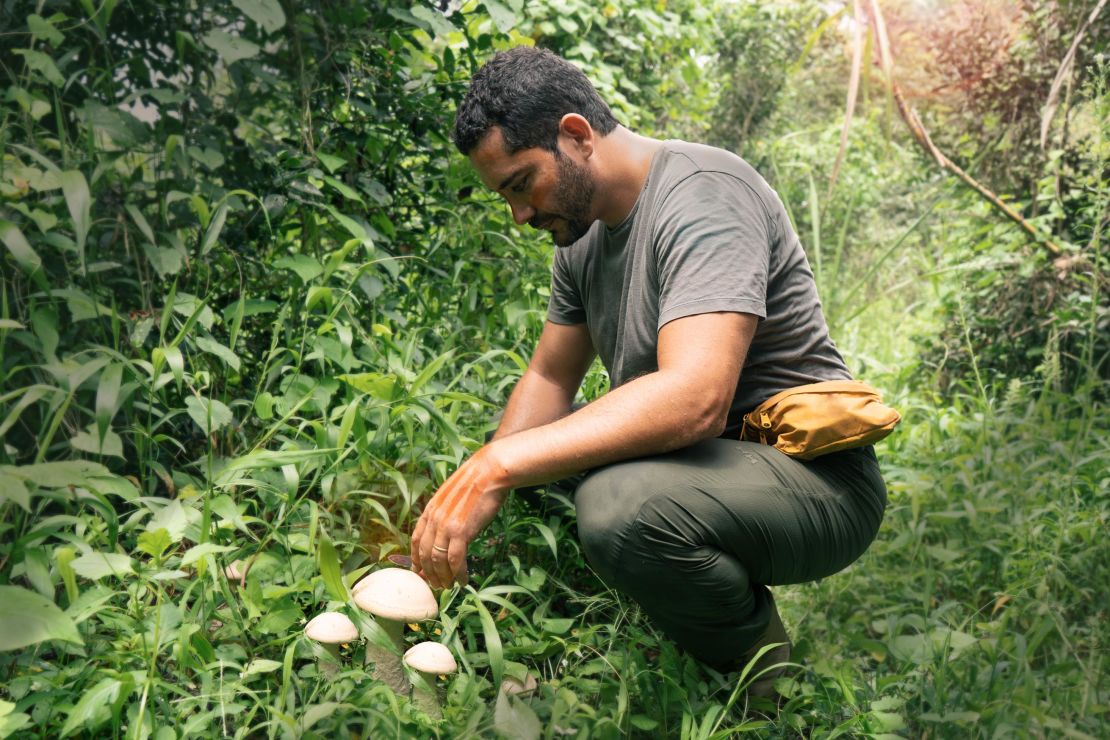
CNN: Your approach to cooking is focused heavily on sustainability. You call it “regenerative gastronomy” – what does that mean to you?
Rodrigo Pacheco: Regenerative gastronomy is a type of gastronomy that is meant to transform – to reconnect landscapes and people. It’s about getting to know the cycle of life, of the planet, of the plant.
Climate change is here, and this is a way of gastronomy trying to contain climate change. Gastronomy plays a big role in the good health of ecosystems.
CNN: What is an edible forest, and how are they key to your work?
Rodrigo Pacheco: All the elements that work in a normal forest, we try to replicate into an edible forest. They are native species – we’re not creating artificial ecosystems. We’re just gathering all the edible species and putting them together in a place.
When we arrived here it was a totally flat and empty ecosystem and … nine years later it became a forest. We are growing especially origin species from Ecuador, such as purple potato, corn, cacao, papaya, peppers, pineapple, avocado, chilies, pumpkin.
We’re here trying to do the best we can with what we have. We’re using the land wisely, adapting to what is already there, but making sure that we’re leaving the place much better than what we found.
CNN: Why is it important to draw on indigenous practices to improve sustainability in food production and what can we learn from ancestral traditions in food?
Rodrigo Pacheco: I learned in the Amazon that they use the papaya straw. The papaya branch is totally empty inside, so they use a huge straw to drink the chicha [a fermented yuca drink].
When I learned that, we transformed the bar of our restaurant with those straws and we have served over 40,000 of those straws since nine years ago, where we totally banned plastic straws – so a lot of that inspiration comes from them.
Using agriculture to replace plastic elements used in hospitality, I think is amazing. And we’re learning this from these ancestral cultures.
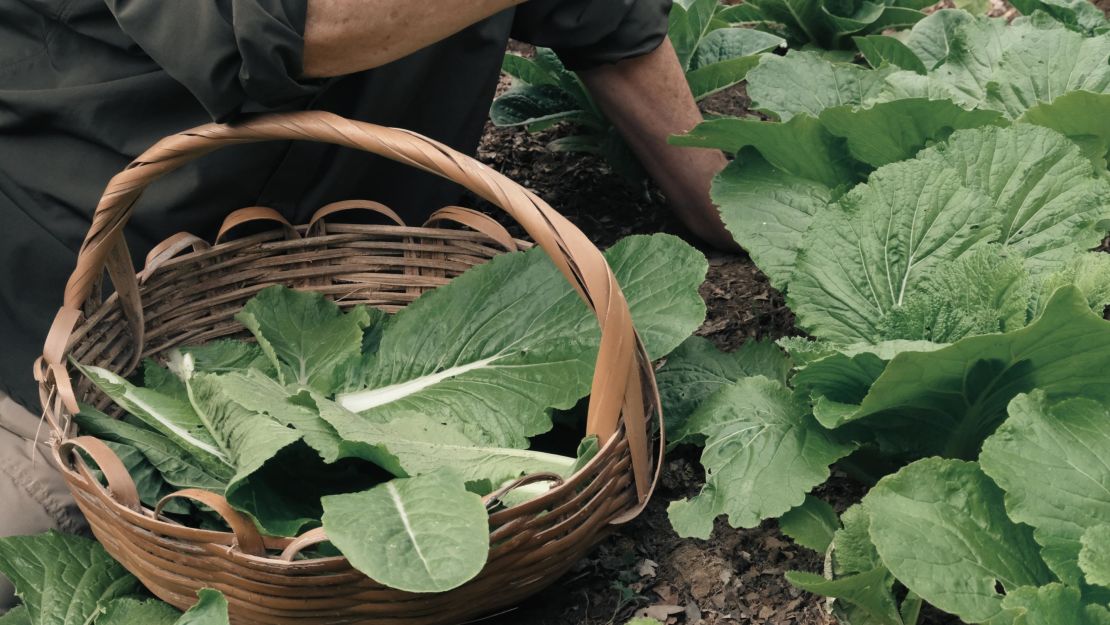
CNN: What are the critical issues facing agriculture right now?
Rodrigo Pacheco: If we all close our eyes and we make an x-ray of our fridges, no matter where you are in the world, we’re going to find the same products. There are 1,000 types of edible plants in the world and we’re using 20 of them. So, we need to rethink this model, we need to rethink and change our habits, and try to discover all these beautiful plants that have a lot to say.
A third of the planet is being affected by desertification. We’re losing biodiversity, we are focusing on these 20 types of crops – I want to give my children the opportunity to make a difference on this planet.
Read: This palm tree nearly went extinct. Now its super-berries are helping to save it
My mission as special Goodwill Ambassador for the FAO comes from years of work, of being out here – of being in contact with nature.
I have been following the cycle of life, of plants, of being passionate about doing research, and also about the next step – the cooking. Cooking is a continuation of agriculture and agriculture is a bridge to connect humans and nature.
CNN: Is it possible to make food production work for the planet rather than against it?
Rodrigo Pacheco: I’m really full of hope because I see how resilient nature can be.
We need to see trees and plants as the highest technology. They are working to for us to create a better environment, a more rich environment for food. So plants are our allies.
The more plants, the more climate proof we are, the more resources we have, the more carbon we sequestrate, the more food we can get. So plants are definitely a solution for humans.


